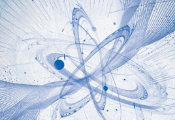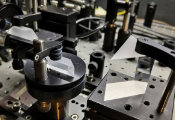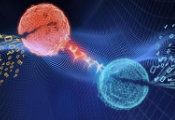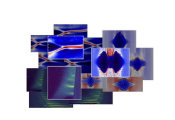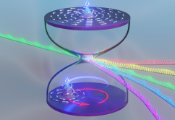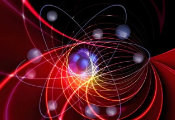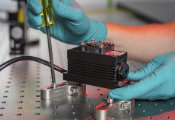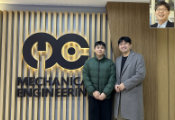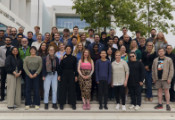Unveiling the Link Between High Pressure and Superconductivity
July 14, 2025 - For many years, researchers believed that superconductors could only exist at very low temperatures, a few degrees above absolute zero (-273 °C). Then, in 1986, researchers discovered that some materials become superconductors at a much higher temperature. These materials contain copper and oxygen and are called cuprates. Some cuprates become superconductors at a relatively high temperature of -140 °C. This discovery suggested that superconductivity at room temperature might be within reach. In recent years, researchers have started to investigate materials that become superconductors when fabricated under high pressure. They found that, under high pressure, a nickel-based material, La3Ni2O7, is a superconductor at temperatures comparable to cuprates. However, this material is a poor conductor at any temperature if it is not under high pressure. The needed high pressure is not practical for technological applications. However, if scientists understood why high pressure induces superconductivity, they might unlock a pathway to room temperature superconductivity. Researchers have now discovered that growing La3Ni2O7 in the form of a compressed film on a support material mimics the effects of high pressure. This turns the material into a superconductor at ambient pressure, a giant step toward room temperature superconductors.
The Impact
Researchers know there is a link between high pressure and high temperature superconductivity, but they have had a hard time understanding this mechanism. This is because high pressure is realized by squeezing a material in a bulky cell made of two diamonds pushed together. This device makes studying high pressure superconductors very challenging. If researchers can stabilize the superconductor at room pressure, the diamond cell is no longer needed. This makes it possible for researchers to employ entire suites of advanced tools to study the superconductor’s properties and unveil its microscopic mechanisms. This will accelerate the understanding of high temperature superconductivity, propelling scientists toward transformative applications such as lossless electrical lines and quantum computers.
Summary
Researchers recently discovered that a new nickelate material, La3Ni2O7, becomes a superconductor with transition temperature (Tc) near 80 K (-193.15 °C) under high pressure. The requirement of extreme pressure restricts the use of many experimental probes and limits progress in understanding the nature of superconductivity despite extensive theoretical and experimental work.
Now researchers have found signatures of superconductivity in La3Ni2O7 at ambient pressure. Superconductivity at ambient pressure is achieved by growing the nickelate in the form of a thin film on a substrate material. When arranging themselves on a substrate, the atoms of the nickelate bond to the atoms of the substrate’s surface. When the substrate atoms are spaced a little closer than the atoms in the nickelate, the nickelate gets squeezed at its base. This effect is called compressive lateral strain. Lateral strain is different than the external pressure exerted by a diamond anvil cell because the latter acts in all directions. Researchers discovered, with great surprise and for the first time, that lateral strain is effective in stabilizing superconductivity. The superconductivity in nickelate films is weaker than the superconductivity obtained with external pressure because the films are challenging to form with a high degree of crystalline perfection. At the same time, this indicates that there is room for improvement. Researchers are now focusing on ways to enhance the films’ crystallinity, thereby improving their performance. This work will elucidate the role of atomic spacing in achieving room pressure superconductivity and will accelerate the study of these new, fascinating superconductors. Parts of this research were conducted at SLAC’s Stanford Synchrotron Radiation Lightsource, a Department of Energy Office of Science user facility.

